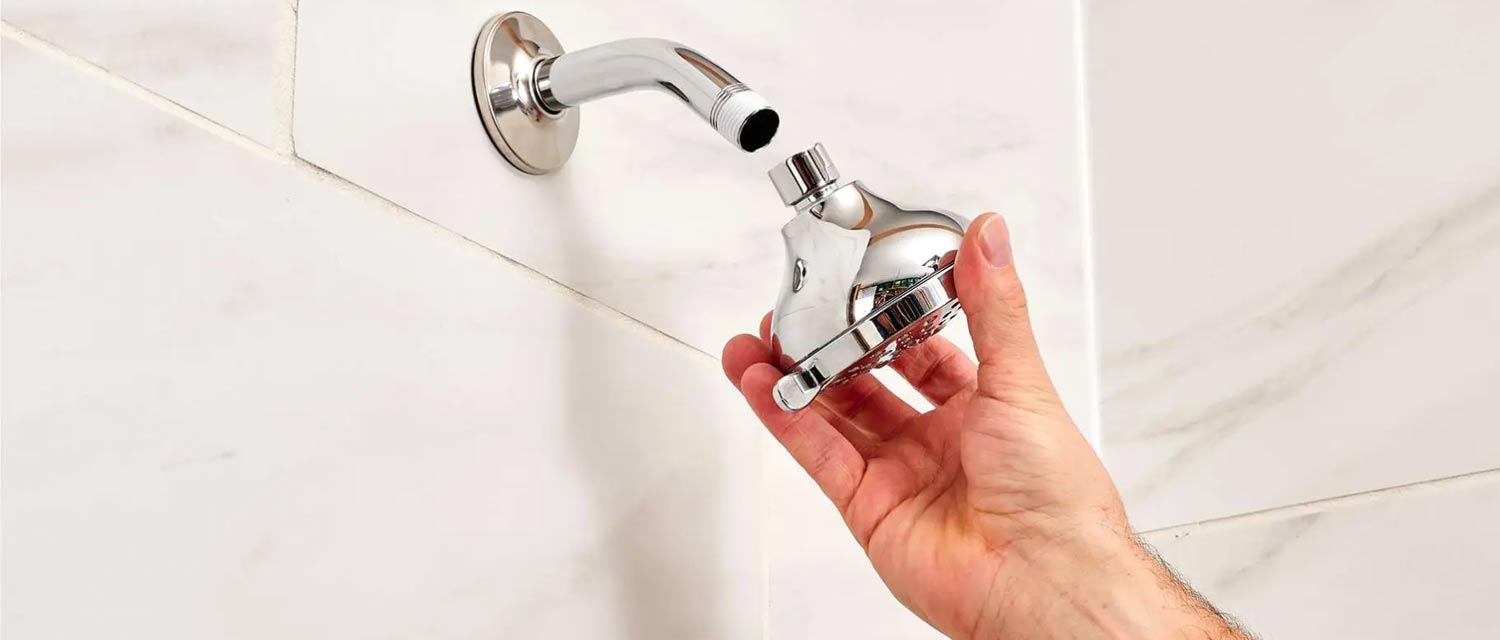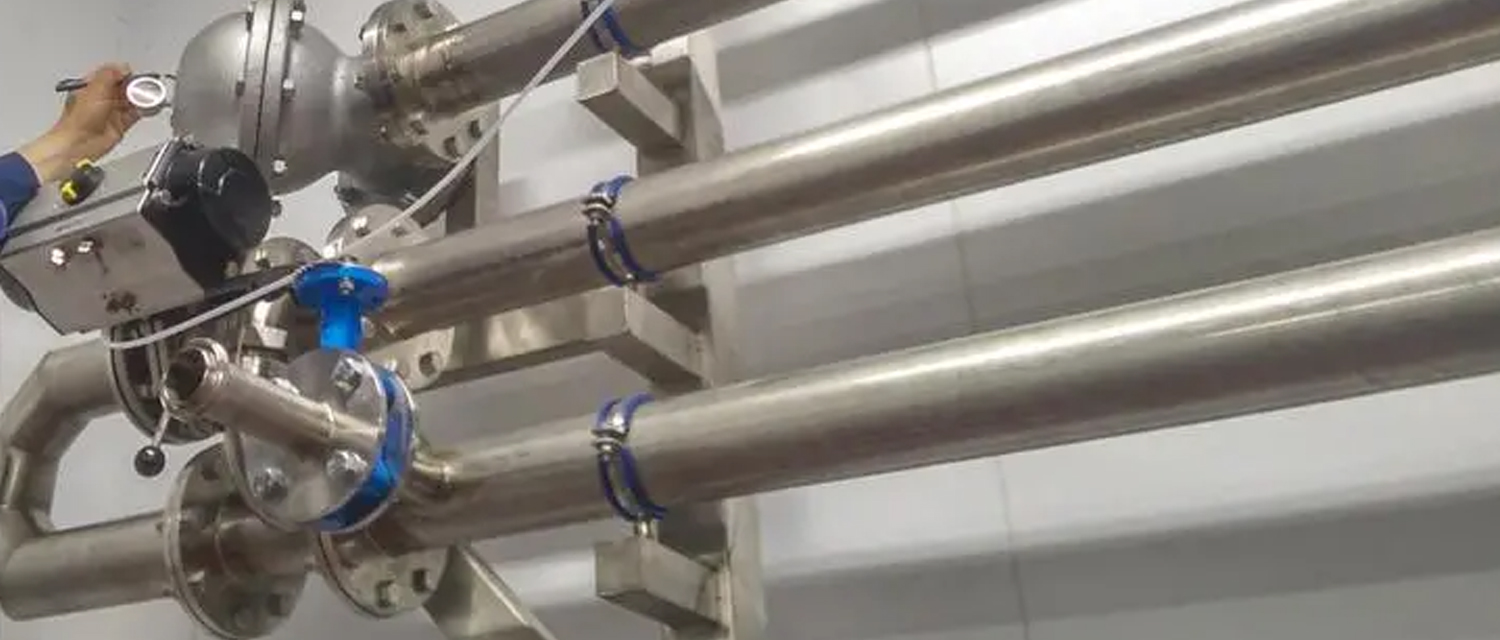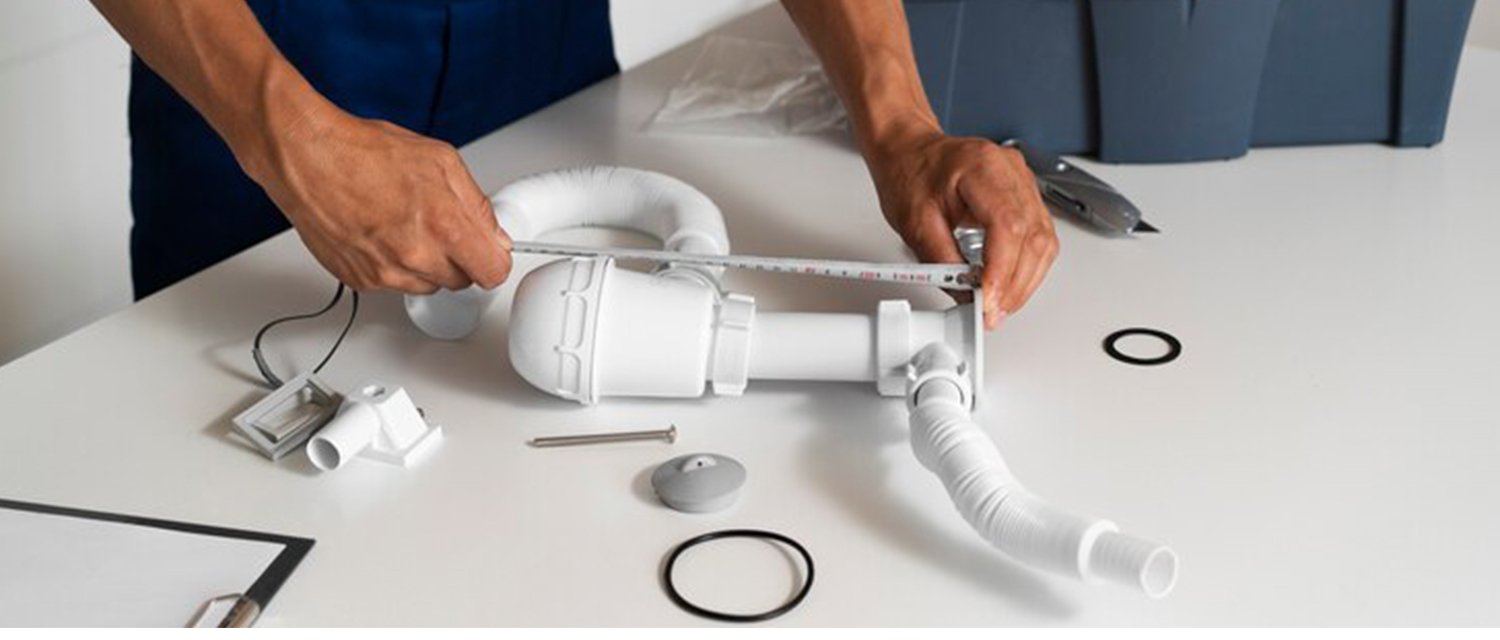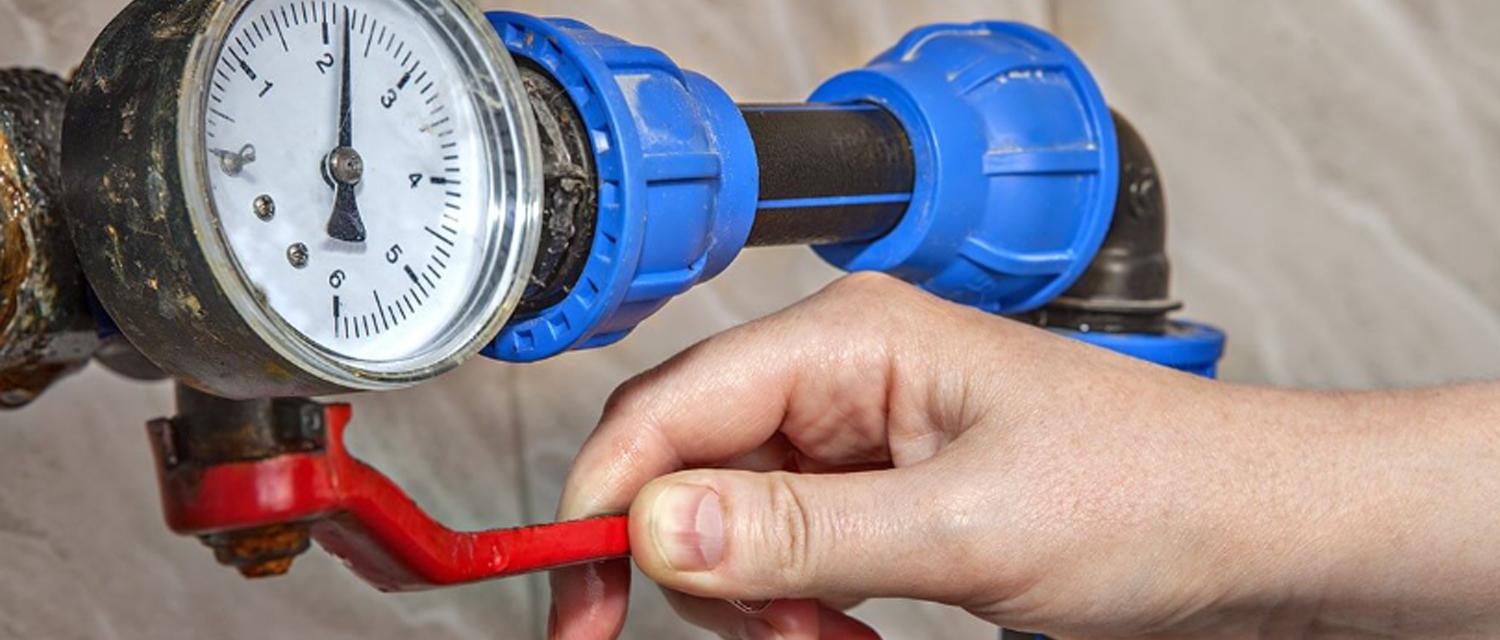If a leaky shower is not fixed right away, it can do serious damage to your house in addition to being an annoyance. Water damage can result in expensive repairs, mould growth, and structural integrity issues. Any homeowner must be aware of the causes
of a leaking shower and know how to resolve it. We will examine the typical causes of shower leaks in this extensive guide, along with step-by-step instructions for fixing them. This may help you to resolve your problem like leaking shower repair experts do.
Cracked Or Worn Caulk And Grout
Grout and caulk that are worn out or broken are among the most frequent reasons for shower leaks. While caulk binds the connections between various surfaces; including the tub and wall, grout is used to fill the spaces between tiles. These materials are
susceptible to deterioration over time from continuous exposure to moisture, humidity, & cleaning agents. Water can seep through caulk gaps or grout cracks, causing leaks into the wall or floor beneath the tiles.
How To Fix It: Reinstall The Shower Hose And Caulk
Re-grouting and recaulking are crucial actions you can consider to stop leaks if your shower's caulk or grout is broken. Using a grout saw, start by removing the outdated, damaged grout. Take care not to harm the nearby tiles. After removing the old grout,
give the area a thorough cleaning to get rid of any dust or dirt. Using a grout float, add fresh grout, being careful to fill in all of the spaces between the tiles. To keep the grout safe from water damage, seal it when it has dried.
Using a utility knife or caulk removal tool, remove the old caulk while caulking. Replace any old silicone caulk at the tub-to-wall joints and any other areas. Before using the caulk, let it dry for at least 24 hours by smoothing it with your finger or
a caulk-smoothing tool.
A Broken Or Faulty Shower Valve
The temperature and flow of the water in your shower are managed by the shower valve. The valve may wear out or malfunction, allowing leaks to occur behind the wall. This kind of leak is frequently concealed and may linger undiscovered for a while. But
it may cause water damage to the wall cavity and its surroundings.
How To Fix It: Shower Valve Repair or Replacement
Should the leak originate from the shower valve, it can require maintenance or replacement. First, shut off the shower's water source. To reach the valve, take off the shower handle and trim the plate next. Examine the valve for indications of deterioration
or wear. It is advisable to replace the worn-out valve with a new one. You might be able to fix it if the problem is little, like a broken washer or a loose connection.
Reassemble the shower parts after the repair or replacement is finished, then turn the water supply back on.
A Misaligned Or Broken Shower Head
Leaks may also originate from a loose or faulty showerhead. Water may escape and trickle down the wall if the fitting is between the showerhead. It also happens when the shower arm is loose or the threads are deteriorated. Water damage to the wall or
floor may result from this over time.
How To Fix It: Adjust Or Change Out The Shower Head
Tightening the showerhead's connection to the shower arm is frequently all that is needed to remedy a loose & broken showerhead. Take care not to overtighten and break the threads while using a wrench to carefully tighten the showerhead. Replace the
showerhead with a new one if the threads are broken or if it is beyond repair. To ensure a tight, leak-free fit when installing the new showerhead, place the plumber's tape on the shower arm's threads.
A Broken Shower Pan
The purpose of the shower pan, which is the shower's base, is to collect and channel water toward the drain. Water may leak through cracks or other problems in the shower pan and onto the floor below. Significant harm to the subfloor and maybe the room
below's ceiling may result from this.
How To Fix It: Fix Or Swap Out The Shower Pan
Look for any obvious damage on the shower pan if you think it may be the source of the leak. With a shower pan repair kit or waterproof epoxy, you might be able to fix a small crack. It is advisable to replace the entire shower pan, though, if the damage
is severe. Shower pan replacement is a more difficult procedure that can call for expert help; particularly if the pan is integrated into the floor structure.
Shower Drain Leak
Another frequent reason for water damage is a leaky shower drain. Water leakage onto the floor might occur from a faulty or loose drain; which is connected to the plumbing system beneath the shower. Because it frequently remains undetected until damage
is evident, this kind of leak can be especially harmful.
How To Fix It: Resolve the Shower Drain Leak
The first step in fixing a leaky shower drain is to take off the drain cover and look over the plumbing system connection. You might need to replace the drain gasket or tighten the drain assembly if the connection is loose or broken. You might have to
replace the drainpipe if the leak is the result of damage to the pipe. This can be a more difficult process, particularly if the drain is beneath a tile floor. It's best to have a licensed plumber repair these situations.
Badly Installed Waterproofing Membrane or Shower Liner
The purpose of the shower liner or waterproofing membrane is to keep water from seeping through to the walls and floor of your shower. Water seepage and leaks may result from improper installation or broken membranes. Inadequate methods of installation
or the use of inferior materials may weaken the waterproofing system, causing leaks and water damage.
How To Fix It: Strengthen or Swap Out the Waterproof Membrane
To stop more leaks, it's imperative to reinforce or replace any weakened shower liners or waterproofing membranes. To access the membrane, this method requires removing the substrate and tiles. Using tape or waterproofing sealant, you might be able to
repair the membrane, depending on how much damage there is. Replacing the entire membrane is the best option, though, if the damage is extensive. To guarantee adequate sealing and protection, this intricate task might need to be installed by an expert.
Cracks in Tile and Grout
Water may infiltrate through cracked tiles and grout lines to the underlying surfaces. Over time, even a tiny break in a tile can cause a large amount of water infiltration. The sinking of the building, temperature variations, or even unintentional accidents
can cause these fissures.
How To Fix It: Mend Broken Grout And Tiles
To stop water from seeping in, fix any cracked tiles or grout lines as soon as you see them. Using a chisel and hammer, begin by removing the damaged tile, taking care to avoid damaging the nearby tiles. After cleaning the area, adhere the new tile to
its back using tile glue. After the adhesive has had time to dry, press the tile into position. After the tile has hardened, fill in the spaces between it with grout and let it dry. You may stop leaks and fill in small fractures in grout lines with
a grout repair pen.
How To Stop Upcoming Leaks?
After resolving the present problem, it's critical to take action to stop leaks in the future. Leaks can be avoided by doing routine maintenance. And this may include monitoring the grout and caulk for wear; checking the shower valve and piping for leaks,
and making sure sufficient drainage is in place. To lower the possibility of future leaks and extend the life of your shower, be alert. And, think about replacing your old fixtures and materials with better-quality options.
When to Make a Professional Contact?
While basic DIY abilities may resolve most shower leaks, some problems can call for expert help. For example, extensive damage to the shower pan or plumbing leaks behind the wall require professional leaking shower repairs. It's advisable to contact a licensed plumber or contractor if you're not sure where the leak is coming from or if the repair looks too complicated. In the end, a professional can save you time, money, and aggravation by correctly diagnosing the issue and offering a long-term
solution.








